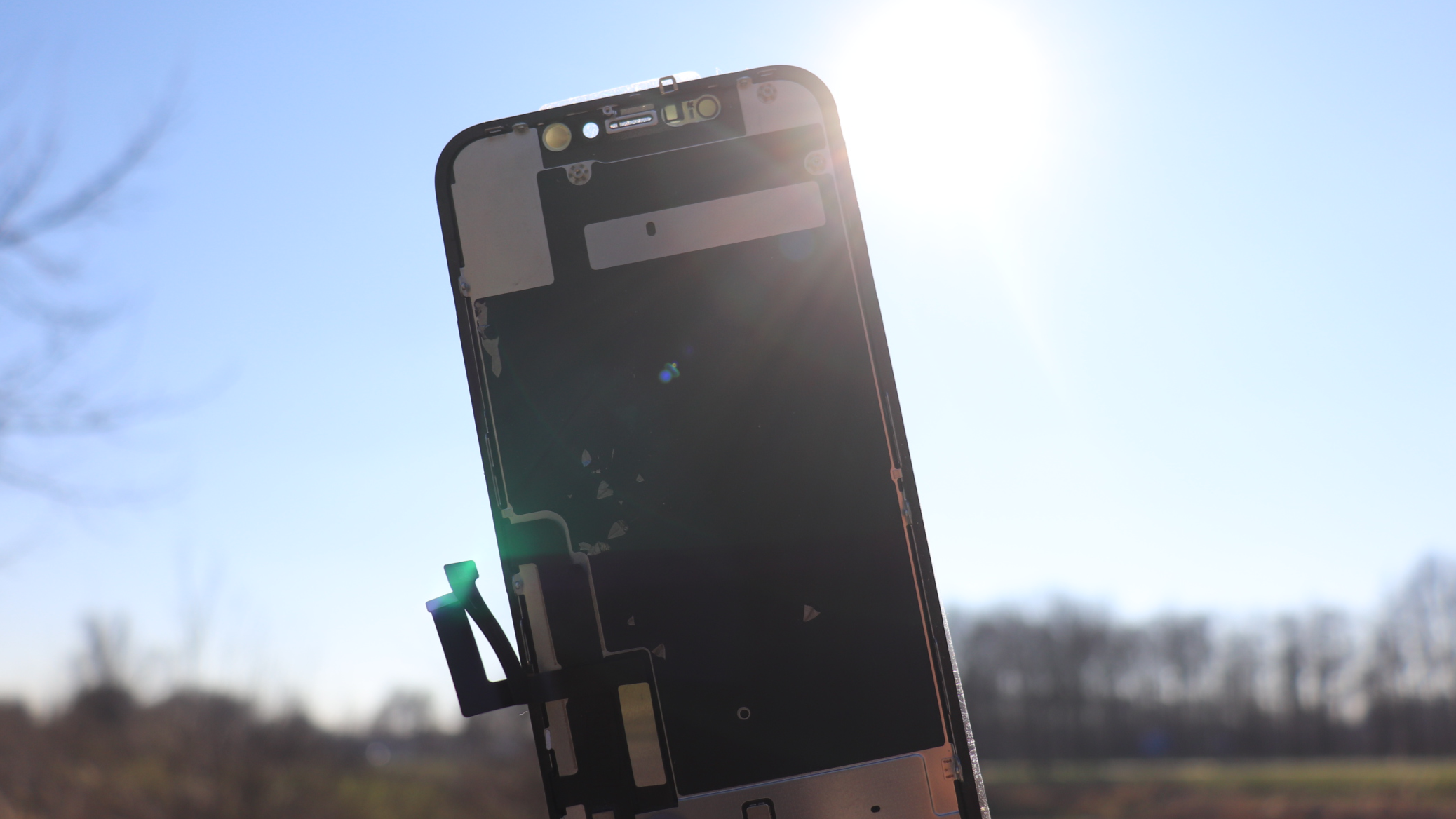08-02-2024

In the rapidly evolving technological world, display technologies continue to advance. LCD and OLED have significantly enhanced our viewing experiences. But what are the exact differences between these two technologies and how do they impact screen quality? This blog takes an in-depth look into the world of LCD and OLED, revealing which technology excels in image quality.
OLED stands for Organic Light-Emitting Diode, an advanced screen technology that utilizes organic materials to emit light when an electrical current is applied. This allows the screen to display deeper black tones, as pixels can be completely turned off. The result is high contrast and vibrant colors. Unlike traditional screen technologies such as LCD, OLED displays do not require backlighting.
OLED is often employed in high-end smartphones, televisions, and other electronic devices due to its impressive image quality and design flexibility.
LCD stands for Liquid Crystal Display, a screen technology that uses liquid crystals to display images. In an LCD screen, each pixel consists of multiple layers, including liquid crystals placed between two glass plates. When an electrical current is applied to the liquid crystals, they can change their orientation, allowing light to pass through or block it, creating various colors and images.
LCD technology is widely used in smartphones, televisions, monitors, and other electronic devices due to its cost-effectiveness and widespread availability in various formats. Devices such as iPhone 8, iPhone XR, and iPhone 11 utilize an LCD display.
The distinctions between OLED and LCD screen technologies lie in image quality, design, lifespan, power consumption, and price. Here are the differences outlined:
A wide viewing angle is crucial for displays that are only sometimes viewed head-on. Wide viewing angles ensure that images on the screen remain consistent and maintain quality, regardless of the viewer's angle.
OLED is generally more expensive but offers superior image quality and design flexibility. On the other hand, LCD screens are often more affordable and used in a broader range of devices, making them a more cost-effective option depending on consumers' needs and budgets. Ultimately, determining which technology is better is challenging.
OLED is typically considered the newer and more advanced display technology, but LCD still has much to offer, especially with new developments addressing some of its shortcomings. In terms of resolution and price, there are various options, and there's no clear winner. So, the best technology depends on various factors such as price, personal preferences, intended applications, and other individual preferences.
If you have any questions about the differences between OLED and LCD screen technologies or any other inquiries, feel free to send us a message via support. We are ready to assist you quickly and effectively.
Siamo disponibili dal lunedì al venerdì dalle 09:00 - 17:00 (CET)